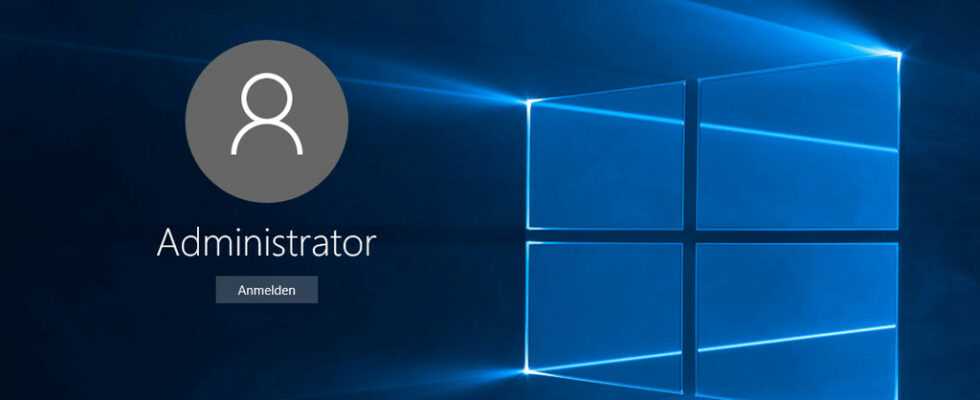Activate Windows Administrator
To enable the hidden admin, follow these steps:
- Press the Windows key and type the character string cmd a.
- Right-click command promptthen up Execute as administrator and Yes.
- In the new window, type the command net user Administrator /active (put spaces for the dots) and press the Enter key.
- Finished! You can now log into the new Windows account when you start your PC Administrator Sign in. If you want to do that immediately, press Windows keyclick your username, then click Administrator and if necessary register.
What is an administrator account?
Unlike the standard account – also known as a “restricted user account” – administrators under Windows have far-reaching powers. For example, they install and remove programs, create and delete other user accounts, and change computer security settings. “Admins” also have access to all data on the computer, including the files of other Windows user accounts.
Administrator account versus Administrator
Windows without user account control
But be careful: Microsoft didn’t hide the administrator for no reason. The user account control active in the regular administrator accounts not only protects Windows against application errors, but also against PC malware and attackers who want to acquire higher rights. Since the “real” administrator is not protected by a password by default, do not use it as the standard account! If necessary, activate it for short-term maintenance work and then switch it off again as described above.
Password protect administrator
If you do not want to deactivate the administrator account immediately after use, at least set a password for it. It works like this:
- If necessary, log into the account Administrator at.
- On the Start menu, click settings.
- click on accounts and Login Options.
- click on password and Add to.
- Now type in the desired password and confirm with further as Complete.
Command Prompt as Administrator
In the command prompt, Windows can be controlled using text commands. However, many commands require administrator rights – which you automatically have as a “super user”. If this is not the case, start the command prompt with admin rights like this:
- Press the Windows key and type the character string cmd a.
- Right-click command promptthen up Execute as administrator. Alternatively, press the shortcut key Ctrl+Shift+Enter.
- Confirm with Yes.
- If you want to exit the command prompt, type the command exit and press Enter.
Done, you now have full admin rights. You can recognize this by the fact that the system prompt C:Windowssystem32> appears next to the flashing cursor. If you had restricted rights in the command prompt, the path to your user folder would be there (C:UsersName).
Run as Administrator – for programs
Programs are also not started with admin rights by default under Windows. If a program requires admin rights, log in to the account Administrator or request higher rights once:
- Right-click the shortcut or exe file for the program you want.
- click on Execute as administrator.
- In User Account Control, click Yes.
Admin rights as a standard user
For security reasons, it can make sense to use Windows as a standard user with limited rights. In this case, for example, children or attackers and computer viruses can hardly cause any damage and cannot increase their rights using user account control. For administrative tasks, however, approval by an administrator is always required. For example, if you want to start a program or the command prompt with admin rights as a standard user as described above, the user account control shows all available administrator accounts instead of the “Yes / No” selection. You then have to authenticate yourself to one of the accounts, for example with a password or PIN.
Find out Windows user rights
Do you want to know if the running Windows account has administrator rights? How to find out:
- Press Windows key + R.
- In the new window, tap cmd /k gpresult /r (put spaces for dots).
- Press Enter.
If the entry “Administrators” then appears in the line “The user is a member of the following security groups”, you currently have admin rights. Otherwise it is a restricted user account.

